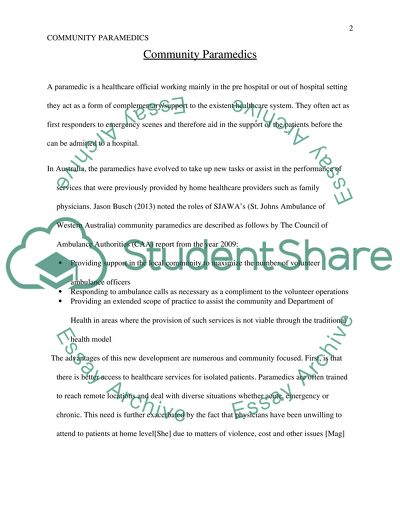Cite this document
(“The community paramedic Essay Example | Topics and Well Written Essays - 1500 words”, n.d.)
The community paramedic Essay Example | Topics and Well Written Essays - 1500 words. Retrieved from https://studentshare.org/health-sciences-medicine/1682131-the-community-paramedic
The community paramedic Essay Example | Topics and Well Written Essays - 1500 words. Retrieved from https://studentshare.org/health-sciences-medicine/1682131-the-community-paramedic
(The Community Paramedic Essay Example | Topics and Well Written Essays - 1500 Words)
The Community Paramedic Essay Example | Topics and Well Written Essays - 1500 Words. https://studentshare.org/health-sciences-medicine/1682131-the-community-paramedic.
The Community Paramedic Essay Example | Topics and Well Written Essays - 1500 Words. https://studentshare.org/health-sciences-medicine/1682131-the-community-paramedic.
“The Community Paramedic Essay Example | Topics and Well Written Essays - 1500 Words”, n.d. https://studentshare.org/health-sciences-medicine/1682131-the-community-paramedic.


